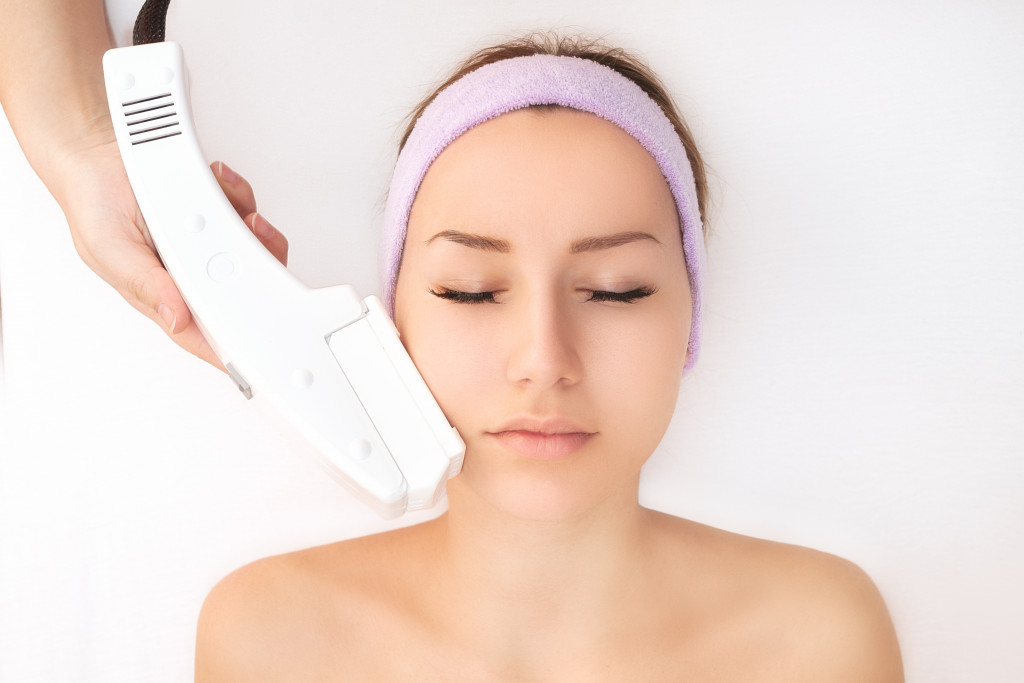When the pandemic started, people stayed home, and companies asked their employees to work from home. This resulted in the closure of stores across the country, including a lot of beauty salons. But it also opened a new sales channel for beauty product manufacturers, which shifted to the production of cleaning agents and hand sanitizers.
Some beauty product retailers also shifted to online selling as do-it-yourself beauty care became popular. Despite this, many people opted not to make themselves look good since they worked remotely and did not have to put on makeup while attending online meetings.
Over a year after the pandemic started, the situation improved, and people started going out again. Even as they began to patronize beauty salons again, the beauty industry saw innovations during the pandemic. These innovations may continue even after the health crisis is over. Here are some of the innovations that emerged over the past year.
Transparency in Skincare Products
One trend in the beauty industry during the pandemic was transparency in the manufacture of skincare products. The move came as consumers became more interested in products that were manufactured using sustainable practices.
Due to this, companies started to focus on sustainable methods and ensure that their manufacturing practices result in a minimal carbon footprint. If companies did not use sustainable practices, they would have lower sales compared to their competitors. So they had to adapt to the situation even if it increased production costs to remain competitive in the market.
Aside from using sustainable manufacturing practices, companies also started using plant-based skincare products. Using natural ingredients gained popularity after consumers became conscious of the environment. Plant-based skincare products used to be a niche market, but they entered the limelight as consumers started searching for products that used ginger and witch hazel flowers.
More Cosmetic Procedures
Working from home allowed people to attend meetings using video conferencing software. It also allowed them to put off wearing makeup since they did not need to look good, especially if they were not required to use a camera while attending a meeting.
But some people who used their cameras wanted to make themselves look better on camera. This increased the number of people looking for cosmetic procedures to change how they looked while attending online meetings. Many opted for Botox treatments while others looked for surgical procedures to deal with forehead wrinkles and eye bags.
Doctors offering these procedures can use PDO threads to enhance their patients’ appearance. These threads can restore the facial features of their patients and improve skin health, which provides doctors with healthier skin that they can work with.

Enhanced Blue Light Protection
As people started working from home, they worked mainly in front of their computers. Meetings that were previously done in person shifted to using video conferencing software that extended their exposure to blue light or high energy visible (HEV) light from their devices.
Even as HEV light may also come from the sun, prolonged exposure through the devices that people use can increase the risk of eye disease. It may also result in age-related macular degeneration (AMD). Blue light plays a role in releasing toxic molecules found in photoreceptor cells, leading to AMD.
Blue light also contributes to DNA damage as it penetrates people’s skin, which generates reactive oxygen molecules that can lead to hyperpigmentation. While hyperpigmentation is a harmless skin condition, it looks unsightly for many people, and they want to get rid of it or avoid it from happening in the first place.
Due to this, it became necessary for people to look for ways to protect themselves from blue light. Some companies started using modern ingredients to help reduce the effects of blue light on the people who used these devices. Among the ingredients they used were algae, turmeric, and rosa rubiginosa.
Sales for skincare products that offered blue light protection increased. These products provide a protective shield on the skin, allowing people to avoid skin damage due to blue light.
Other skincare products use higher zinc oxide levels than conventional SPF formulas used on skin protection products. These blue light protection products also contain vitamins, antioxidants, and iron oxide. Iron oxide can also protect the skin against HEV light and are among the ingredients of some mineral sunscreens. The increasing use of these products will likely continue as companies still allow their employees to work from home.
The pandemic may have upended the beauty industry, but companies innovated and focused on providing for the needs of their customers during the health crisis.
